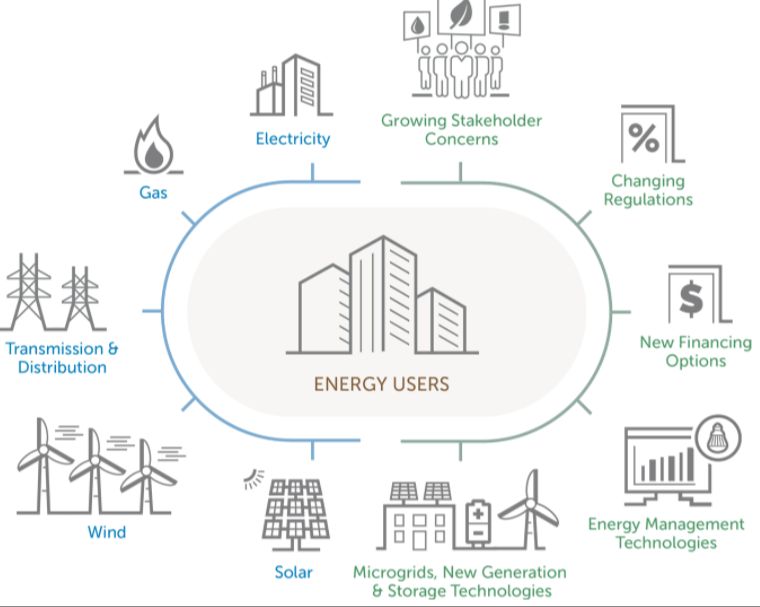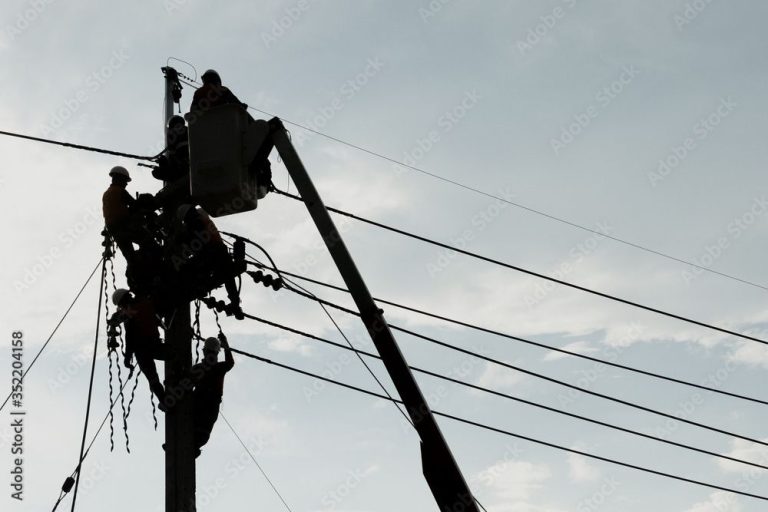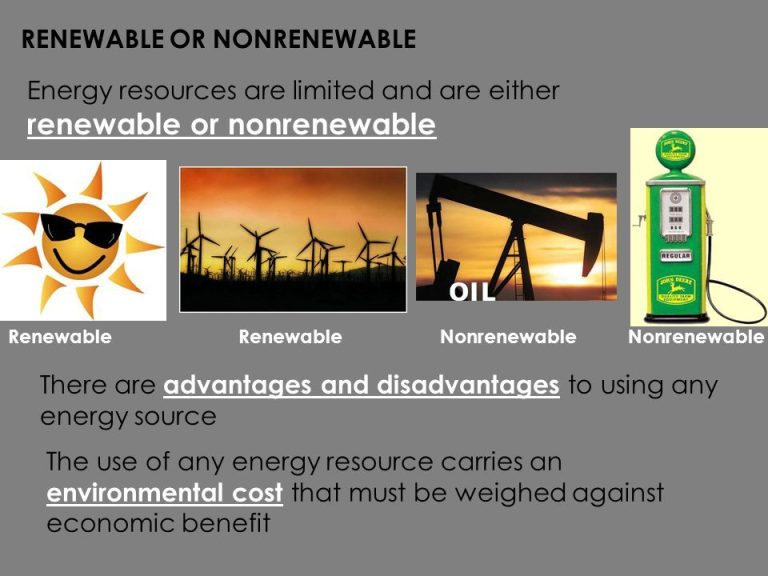Who Was Affected By The Blackout?
On August 14, 2003, a massive power outage struck the northeastern United States and parts of Canada, impacting an estimated 55 million people and resulting in widespread disruptions. The blackout began around 4:10 pm EST and affected major cities including New York City, Toronto, Ottawa, Detroit, and Cleveland (Scientific American, 2008).
The outage was triggered by a failure in the power grid system across the region. A software bug combined with human error led to overloads and cascading failures that culminated in the largest blackout in North American history (NERC, 2003).
Within hours, key infrastructure like subways, trains, and airports had shut down across the Northeast. Traffic lights went dark, elevators stopped working, and cellular service was disrupted. The blackout impacted daily life for millions and raised concerns about grid reliability and emergency preparedness.
Major Cities Affected
The August 2003 blackout impacted major cities across the northeastern United States and southeastern Canada, leaving around 55 million people without power.
Some of the major cities affected included (Northeast blackout of 2003):
- New York City, New York
- Detroit, Michigan
- Toronto, Ontario
- Ottawa, Ontario
- Cleveland, Ohio
- Baltimore, Maryland
- Albany, New York
The blackout covered an area with an estimated 50 million people, making it the largest blackout in North American history (August 2003 Blackout). Major metropolitan areas like New York City, Detroit, Toronto, and Cleveland were left without power, leading to widespread disruptions.
Power Grid Failure
The technical trigger for the blackout was determined to be a software bug in the alarm system at the control room of FirstEnergy, an electric utility company based in Akron, Ohio (1). This bug prevented operators from receiving adequate warnings that key transmission lines were failing, allowing the failures to cascade throughout the region.
The initial line failure occurred at a high-voltage power line in northern Ohio that sagged into a tree. This should have triggered alarms in FirstEnergy’s control room, but they did not go off due to the software bug. Without rapid notification of the failure, FirstEnergy was unable to isolate the fault or request sufficient load shedding from utilities and customers in the area. This allowed the overloaded lines to successionally trip and disconnect (2).
As more lines became overloaded and tripped offline, electrical load shifted to other transmission lines, causing them to also trip. This cascading failure isolated power generators from the larger Eastern Interconnection grid. Within a few hours, over 508 generating units at 265 power plants went offline, leaving around 50 million people without power (3).
(1) https://en.wikipedia.org/wiki/Northeast_blackout_of_2003
(2) https://www.nyiso.com/-/a-look-back-at-the-northeast-blackout-of-2003-and-lessons-learned
(3) https://practical.engineering/blog/2022/2/9/what-really-happened-during-the-2003-blackout
Daily Life Disruptions
The blackout severely disrupted daily life for millions of people across major cities and regions. With the loss of power, public transportation like subways, rail systems, and traffic lights immediately shut down, causing gridlock on city streets and leaving many commuters stranded. Cell phone service was widely disrupted as telecommunications networks rely on consistent power supply. This made it difficult for families and friends to stay in touch during the outage. Many businesses had to abruptly stop operations once backup generators ran out of fuel. Perishable food and inventory were lost. Schools and major commercial buildings were forced to close. The blackouts highlighted how dependent modern society is on electricity for basic functioning. As described in this article, “Rolling blackouts can have significant impacts on our daily lives. For individuals and families, they can cause disturbances to daily routines, health issues, economic costs, and psychological stress” (https://medium.com/@syfuchfycuchy678987/unpacking-the-impact-of-power-outages-on-our-daily-lives-6236893f689c). The disruptions to transportation, communications, business, and education from the blackout severely affected productivity and economic activity during the outage period.
Emergency Services
The blackout significantly disrupted emergency services across the affected region. According to a report by the National Center for Biotechnology Information (Beatty, 2006), four of the 75 hospitals in New York City temporarily lost power during the blackout. With no electricity, these hospitals had to rely on backup generators to continue operations, resulting in challenges keeping equipment functioning. Emergency rooms also became overloaded as residents flocked to hospitals seeking assistance.
Police and fire departments were also impacted by the blackout. Without electricity, public safety agencies could not receive emergency calls, so police officers had to manually direct traffic on jammed roads while firefighters responded to numerous calls about people trapped in elevators and subway stations (FHWA, 2004). The disrupted communications limited first responders’ ability to coordinate efforts and provide urgent aid.
Overall, the 2003 blackout significantly hindered emergency services, challenging their ability to respond to medical needs, fires, crimes, and other emergencies occurring simultaneously across multiple states and cities.
Vulnerable Populations
Power outages disproportionately affect vulnerable populations such as the elderly, disabled, and low-income communities (https://iopscience.iop.org/article/10.1088/1748-9326/acc7b9). Many rely on electric-powered medical devices and have limited mobility, making it difficult to access resources when the power is out.
For example, a 2017 study found that elderly people who use electric-powered durable medical equipment like ventilators and dialysis machines are especially at risk during outages. Disabled individuals may be stranded without working elevators or electronic wheelchairs. Low-income residents with limited transportation options can also be isolated from relief efforts.
Prolonged power failures can be life-threatening for those dependent on electricity. The inability to refrigerate medication or use medical devices puts vulnerable groups in danger. Care facilities that lack backup power sources are unable to provide critical services. Even short outages can be devastating for those who are frail, immobile, or isolated from assistance.
Local and state governments should prioritize restoring power to areas with concentrations of vulnerable residents. Emergency planning should account for those with disabilities, chronic health conditions, or mobility limitations. Protecting the most at-risk requires targeted infrastructure improvements and access to resources before, during and after outages.
Businesses
The blackout had major financial impacts on businesses across the affected regions. An estimated 61,800 businesses were closed during the outage, resulting in significant losses and disruptions [1]. Many companies were forced to halt operations and suffered from spoilage of inventory and raw materials. The food and beverage industry was especially hard-hit, with an estimated $75 million to $100 million in losses just from spoiled inventory. Manufacturers also faced major shutdowns and disruptions in production schedules.
Small businesses were particularly vulnerable, lacking the backup power sources of larger companies. According to one estimate, over 90% of affected small businesses were forced to close during the outage. With cash flow severely disrupted, many small businesses struggled to recover [2]. Even large corporations faced major financial impacts, with automakers losing an estimated $1.4 billion from halted production lines.
The total estimated cost to businesses and industry was $6 billion, though some calculations put it higher. The blackout dealt a severe economic blow across sectors, demonstrating the heavy reliance on consistent electricity.
[1] https://www.nrc.gov/docs/ML1113/ML111300584.pdf
[2] https://elcon.org/wp-content/uploads/Economic20Impacts20of20August20200320Blackout1.pdf
Government Response
The government response to the 2003 blackout involved coordination between federal, state, and local agencies to restore power and provide aid. According to the U.S. Department of Transportation’s Federal Highway Administration, “The response to catastrophic events usually requires participation by Federal, State, regional, and local agencies. Coordination among agencies should be enhanced through the development of mutual aid agreements and understandings” (Learning From The 2003 Blackout).
At the federal level, President Bush spoke about the government’s efforts to restore power, saying “federal agencies are working closely with state and local officials… to restore power, to open highways, to provide medicine and food and water” (President Discusses Power Outage). Federal assistance involved deploying generators, supplies, and personnel to affected areas.
State and city leaders like New York Governor George Pataki and New York City Mayor Michael Bloomberg also coordinated response efforts in their jurisdictions, working closely with utilities and emergency services. This involved managing transportation disruptions, aid distribution, public messaging, and restoration of critical services like healthcare facilities.
Long-Term Impacts
The 2003 blackout led to major upgrades and policy changes to prevent similar large-scale outages in the future. According to the New York Independent System Operator (NYISO), over $10 billion was invested in transmission infrastructure upgrades after the blackout.1 This included adding transmission lines, installing monitoring and control equipment, and trimming trees near power lines.
Policy changes were also enacted, such as requiring mandatory reliability standards for the electric grid. The Energy Policy Act of 2005 led to the creation of the Electric Reliability Organization (ERO) to oversee grid reliability and enforcement of standards.2 These standards help ensure adequate vegetation management, operator training, and emergency preparedness to prevent future blackouts.
While significant progress has been made, experts warn that continued infrastructure investment and upgrades are needed to address aging equipment and meet electricity demand. The 2003 blackout served as a wake-up call for improving grid resilience against extreme weather and cyber threats.
The Northeast blackout of 2003 affected over 50 million people across the northeastern and midwestern United States and Ontario, Canada. It was one of the largest power outages in history, resulting from a complex sequence of events on the power grid.
Conclusions
In summary, the blackout had widespread impacts across a huge region and population. The major urban areas affected included New York City, Detroit, Toronto, Ottawa, Cleveland, Boston, Baltimore, Pittsburgh, and Philadelphia among others. Millions were left stranded without power for up to two days, leading to significant disruptions. Vulnerable populations like the elderly and sick were especially impacted by the blackout with some lives lost. Emergency services scrambled to respond to the blackout’s effects. Businesses and the economy also took major hits from the power loss. Overall, the blackout highlighted the fragility of the interconnected power grid and the need to upgrade infrastructure and improve contingency planning to prevent cascading failures.







